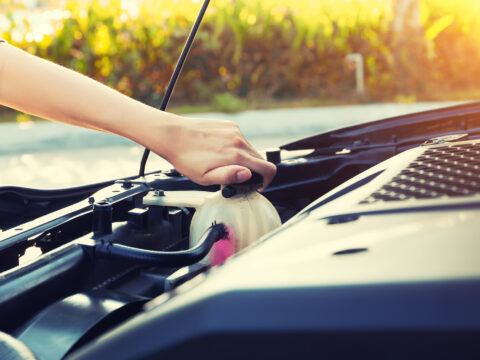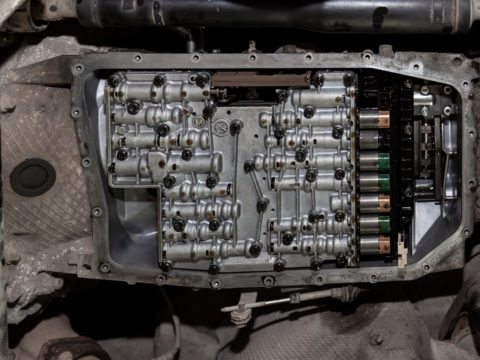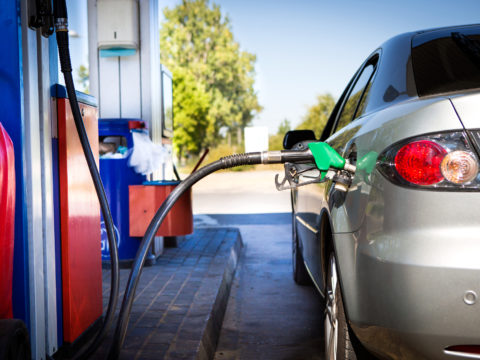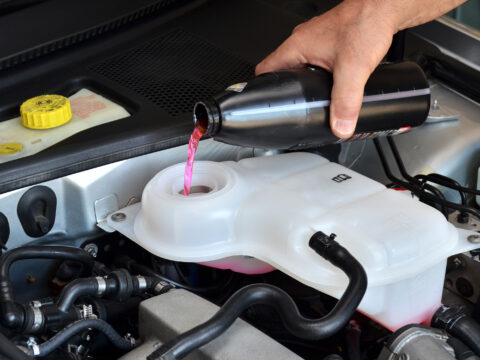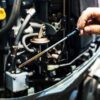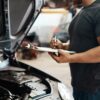Vehicles are a critical part of our lives. But when problems pop up, it can be a severe headache. If you’ve noticed your coolant reservoir overflowing, then it’s time to tackle the problem.
This article provides all you need to figure out what’s causing the overflow and how to fix it.
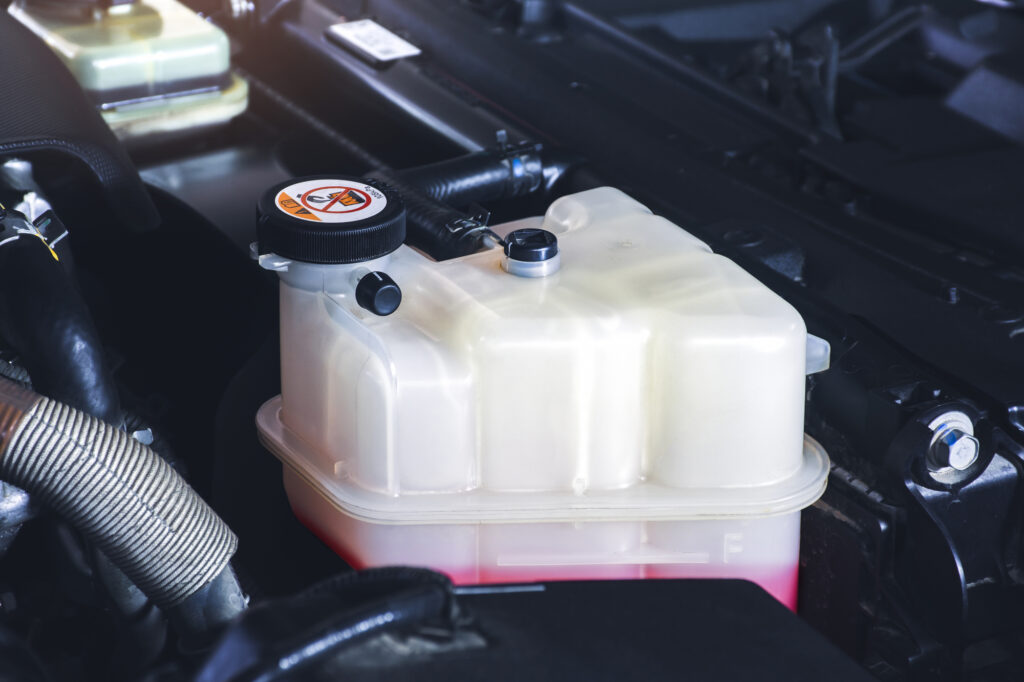
Contents
What Is a Coolant Reservoir Tank?
A car’s cooling system is complex and involves many components. One of the essential parts is the reservoir tank. This tank allows the coolant to do its job.
Generally speaking, most cars have a reservoir tank that holds excess coolant. This coolant level rises and falls as the engine heats up and cools.
As the engine heats up, the coolant flows through it and absorbs the heat. This heat causes the liquid coolant to expand.
The reservoir tank, or sometimes an additional expansion tank, allows the fluid to change levels as needed during this heat cycle.
If your coolant reservoir is overflowing, it could be due to too much fluid in the system or a failure of a critical component. To fix the problem, remove the excess fluid or repair the broken part.
Should There Be Coolant in the Overflow Tank?
Most vehicles have markings on the coolant overflow tank or reservoir that identify the proper level. For most cars, the coolant should be in the tank all the time.
It might rise when the engine is hot and falls when it cools off.
It is crucial to fill the coolant to the proper level. You do not want the level to be low, but you also don’t want the coolant reservoir overflowing.
Follow the manufacturer’s recommendations for the right amount of coolant, and check it regularly.
Too Much Coolant in Car Symptoms
If you’re trying to figure out why the coolant reservoir is overflowing, it could be too much coolant in the car. If this is the case, it can cause damage to your vehicle because the cooling system might fail.
Coolant Spraying In Engine Bay
One sign of too much coolant is when it leaks out or sprays in the engine bay. The coolant, also known as antifreeze, is part of a closed system and should not escape during normal conditions.
So if you pop open the hood and see toxic coolant fluid spraying out, it might be caused by too much coolant. Hoses can rupture, and clamps can fail when there is too much coolant.
Pools of Coolant Under the Vehicle
Another sign of too much coolant is if you notice pools of coolant forming under your vehicle. The coolant should not escape, but if the coolant reservoir is overflowing, it doesn’t have anywhere to go when it heats up and expands.
This issue can cause all sorts of problems, and some result in a leak that causes puddles of coolant to form. Correct this as soon as possible to protect your car and prevent animal harm.
The sweet smell of coolant attracts them to this toxic fluid.
Engine Overheating
The engine overheating might be another sign that you have too much coolant. If there is so much coolant that the system isn’t working properly, the fluid might not move around as it should.
The result can be excess heat buildup.
Electrical Issues
A final sign of too much coolant is electrical issues. Coolant can escape in many ways, especially when the coolant reservoir is overflowing.
Sometimes the fluid reaches electronics that shouldn’t get wet, causing damage.
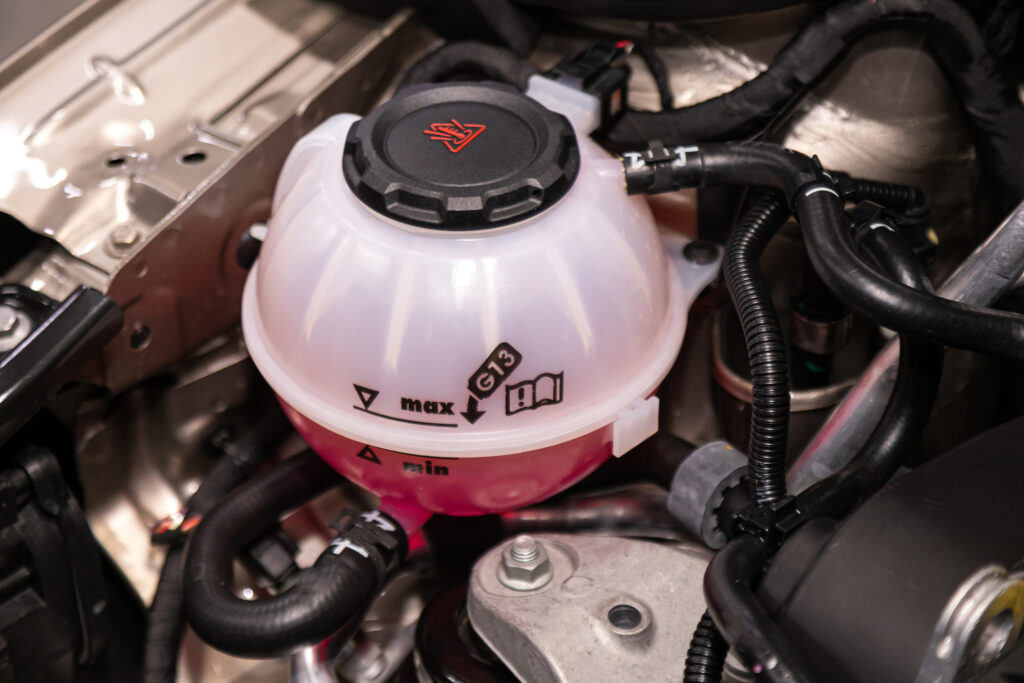
5 Reasons the Coolant Reservoir is Overflowing
If you notice the coolant reservoir overflowing, it’s time to take action. While the cause might not be apparent, it is worth correcting the problem to protect your vehicle.
1. Too Much Coolant
The most obvious cause of an overflowing coolant reservoir is too much coolant. The system works with a specific amount of coolant, and having too much can cause the reservoir to overflow.
2. Clogged Hose
The coolant travels through many parts and hoses during its function. If a hose gets clogged, it can cause problems with the fluid. Sometimes this can result in the reservoir allowing the coolant to escape.
3. Broken Radiator Cap
One common problem that causes coolant leaks is a broken radiator cap. The cooling system gets quite hot during operation, and the cap needs to maintain a proper seal for it to function.
If it is loose or broken, it could result in coolant coming out.
Don’t remove the radiator cap when the car is hot. It can spray hot coolant all over and cause burns.
4. Faulty Thermostat
Most cooling systems rely on a thermostat to detect the engine temperature. This part allows the system to respond to any situation, allowing for additional heat buildup when necessary and more cooling if the temperature climbs.
But faulty thermostats can cause havoc on the cooling system. It might act like a plug. This issue could cause coolant to overflow from the reservoir.
5. Other Component Failure
If other parts of the cooling system fail, such as the water pump or radiator, it could also lead to coolant leaks.
Sometimes the leaks happen on the part, but they can also disrupt the fluid’s flow and could result in an overflowing tank.
Is It Normal for Coolant Reservoir To Bubble?
Yes, it is normal for the coolant reservoir to bubble at times. While it shouldn’t be excessive, and bubbling can indicate air is getting in when it shouldn’t, many vehicles will see slight bubbling in the reservoir tank due to the expansion and contraction of the fluid during operation.
How Do You Fix an Overflowing Coolant Reservoir?
If your car’s coolant reservoir is overflowing, it’s critical to fix the problem. The first step is to identify what caused it, and then you can correct that problem.
Most often, simply overfilling the system results in an overflowing coolant reservoir. You can use something to suck out excess fluid, like a turkey baster, or open a drain valve to release it.
If you can spot another visible issue with the cooling system, like a ruptured hose or leak from an area, follow that lead and replace the broken part.
If all else fails, a knowledgeable mechanic can help diagnose the issue. They can perform many tests to help discover the root cause and get you on your way.
Do You Really Need a Coolant Overflow Tank?
A coolant overflow tank is a critical part of the cooling system, and you do really need it. By offering a bit of space, the tank allows the coolant fluid to expand as it heats up and contract when it cools back down.

